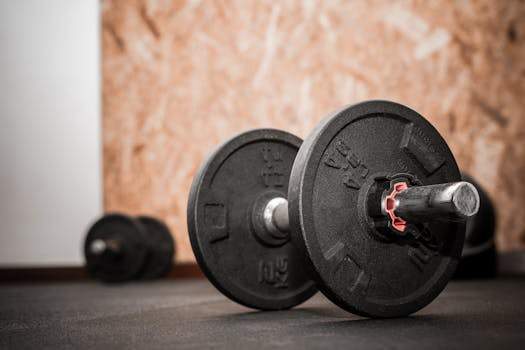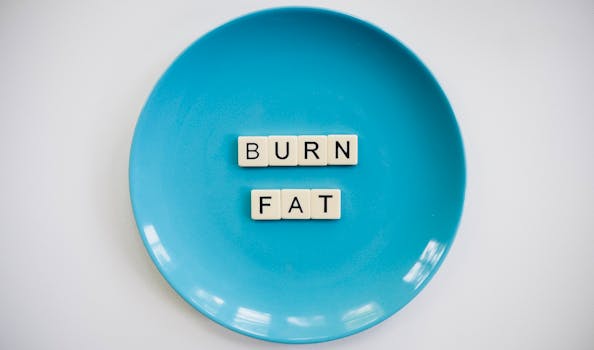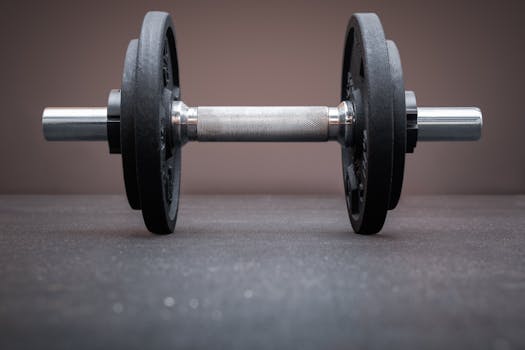
Introduction to HIIT

High-Intensity Interval Training (HIIT) is a popular workout methodology that alternates short bursts of intense activity with periods of rest or lower-intensity exercise. This training style has gained popularity for its effectiveness in burning fat and improving cardiovascular health.
Benefits of HIIT for Fat Loss

HIIT offers numerous benefits for those looking to lose fat. Firstly, it is time-efficient; many HIIT workouts can be completed in under 30 minutes. Secondly, it boosts metabolic rate even after the workout is completed, leading to increased calorie burn throughout the day. Additionally, HIIT can be tailored to any fitness level, making it accessible for everyone.
HIIT Workouts: Structure and Examples

A typical HIIT workout consists of a warm-up, followed by intervals of high-intensity exercises (such as sprinting, burpees, or kettlebell swings) for 20-30 seconds, followed by rest or low-intensity exercise for 10-60 seconds. This cycle is repeated for 15-30 minutes. For example, a simple HIIT workout could include 30 seconds of jumping jacks followed by 30 seconds of rest, repeated for 15 minutes.
Tips for Effective HIIT Training

To maximize fat loss with HIIT, it’s essential to maintain proper form during exercises, ensure adequate recovery between workouts, and combine HIIT with a balanced diet rich in whole foods. Additionally, listening to your body and modifying exercises as needed can prevent injuries.
Conclusion

Incorporating HIIT into your fitness routine can significantly enhance your fat loss efforts. With its efficiency and flexibility, HIIT is an excellent choice for anyone looking to improve their health and fitness.






